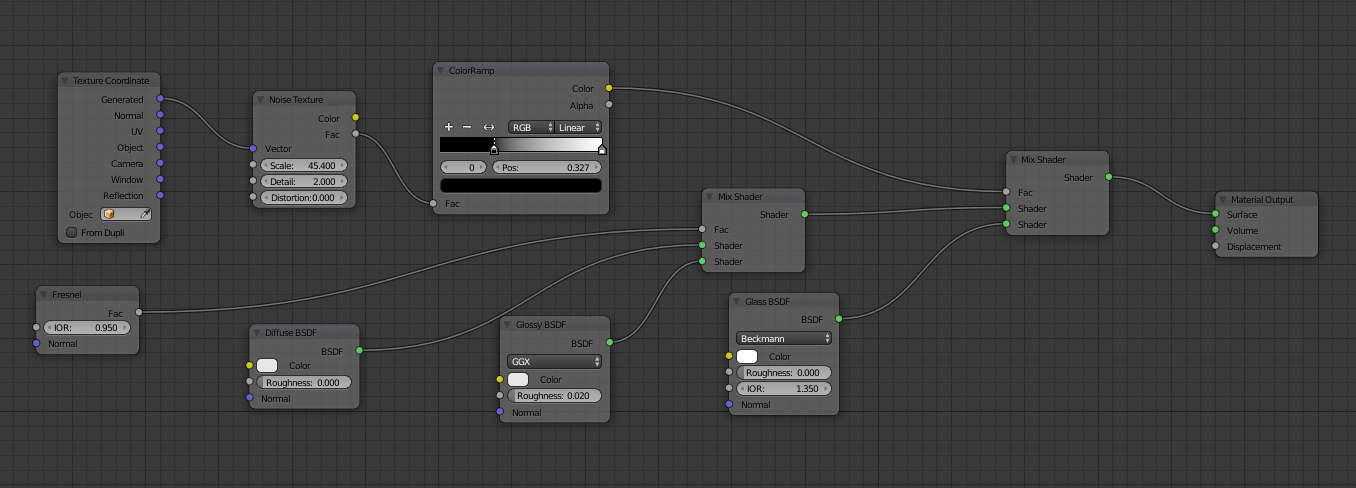Hard to give "the best solution"... but here are some aspects that can help :
- ocean is not flat and not a regular surface
You can use a texture to bump the surface (as Duante Farrajota Ramos said in comments).
Or use the ocean modifier which "makes waves" for you.

This modifier by default, will add a new plane surface for the ocean. But you can use the "displace" option to apply it to your current ocean mesh. If you use displace, you'll have to subdivide your surface a lot in order to obtain the displacement.
- ocean need to reflect something and is also transparent
The sky, the objects at the border may be visible. But also a bit of what is under the surface.
So the material may be a mix between glass (something with indice of reflection), glossiness, and diffuse.
I suggest this kind of nodes as starting point :

The noise texture give irregularities but it can be balanced / moderate by the color ramp.
The diffuse / glossy pair depend of the visible 'flatness' due to the fresnel node.
And the glass shader allow to have transparency but depending of the IOR of it.
This gives this result :

This is far from perfect as you can see, but I hope this will help you to find the variations you want for your project.
The blend file : 








